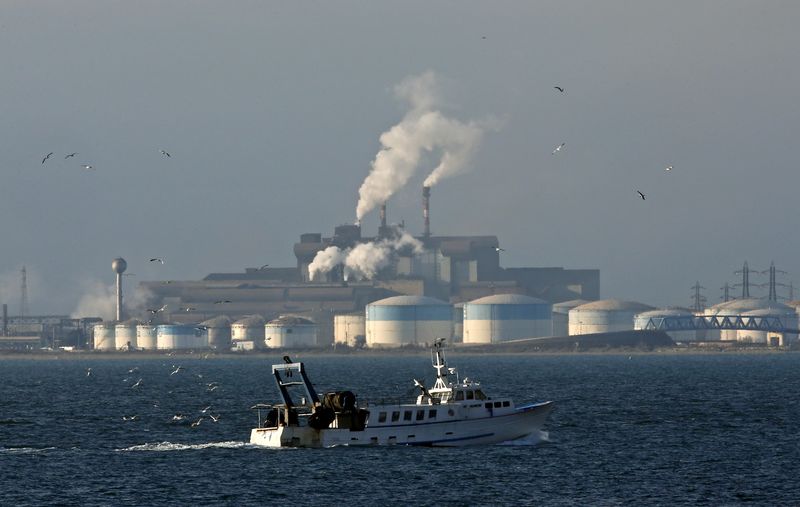The World Bank has forecasted a decrease in global oil prices from an average of $90 per barrel in the fourth quarter to $81 by 2023, due to an expected economic slowdown and lower demand. However, it has also warned of potential surges if the ongoing conflict between Israel and Hamas intensifies. This comes despite the fact that oil prices have seen a modest increase of around 6% amidst the conflict, while other commodities have largely remained stable.
In its latest Commodity Markets Outlook report, the World Bank has presented three risk scenarios for oil prices, based on historical regional conflicts since the 1970s. The first scenario, termed as “small disruption”, mirrors the output reduction observed during the Libyan civil war in 2011. Under this scenario, oil prices could escalate to $93-$102 a barrel in the fourth quarter.
The second, or “medium disruption” scenario, is similar to the situation during the Iraq war in 2003. This could potentially drive prices between $109 and $121 per barrel. The third and most severe scenario, called “large disruption”, reflects the impact of the 1973 Arab oil embargo, which could cause prices to soar to $140-$157 a barrel.
Ayhan Kose, the World Bank’s Deputy Chief Economist, warned of the implications of persistent high oil prices. He noted that such a situation would inevitably lead to high food price inflation – a significant concern for many developing countries.
This article was generated with the support of AI and reviewed by an editor. For more information see our T&C.
Read the full article here



